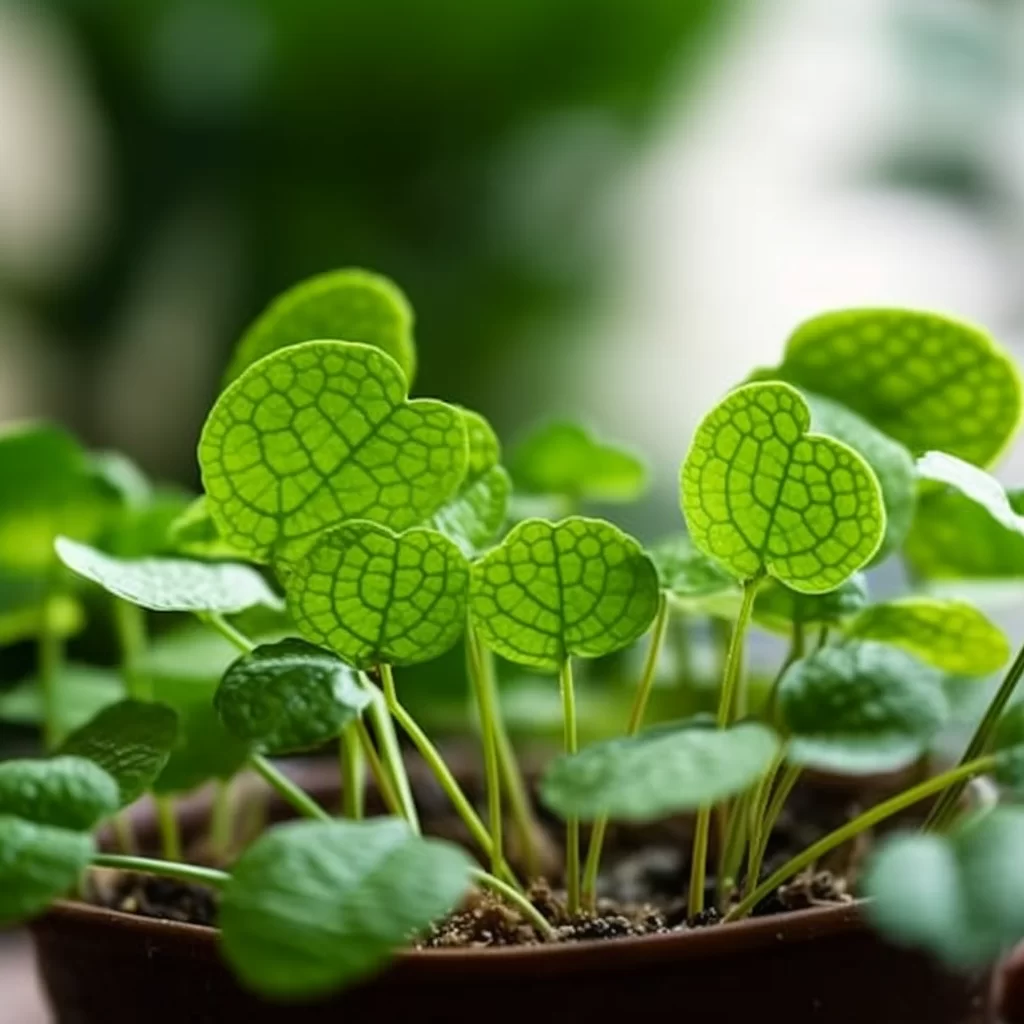Story of Day :
Contents
The Complete Guide to Pilea Friendship Plant: Care Tips and More
Introduction
If you’re looking for a plant that’s easy to care for, visually appealing, and has a unique history, look no further than the pilea friendship plant.
Native to southern China and Taiwan, this plant has garnered popularity in recent years due to its striking appearance.
But it’s not just its looks that have made it so popular; the pilea also has several other benefits that make it an excellent choice for both novice and experienced gardeners.
Appearance
The pilea friendship plant gets its name from the small “pups” or tiny plants that form around the parent plant.
These pups can be harvested and propagated into new plants, making them great gifts for friends (thus earning them their “friendship” moniker).
The leaves of the pilea are round with scalloped edges, giving them a unique appearance compared to other houseplants.
They typically grow up to 12 inches tall, making them suitable for tabletops or as hanging plants.
Care Tips
- Light: Pileas do best in bright but indirect light.
Direct sunlight can burn their leaves.
- Water: Allow soil to dry out slightly between waterings.
Overwatering can lead to root rot.
- Fertilizer: Use a balanced fertilizer every two weeks during active growth periods (spring through summer).
- Pests: Watch out for spider mites as they are one of the most common pests affecting pileas.
Frequently Asked Questions About Pileas:

- Q: My pilea isn’t growing pups.
What am I doing wrong?
- Q: Can I grow a pilea outside?
- Q: Is the Pilea Friendship Plant poisonous to pets or humans?
A: There are a few reasons why your pilea may not be producing pups.
First, make sure it’s getting enough light and water.
Additionally, pileas can take several years before they start to produce pups.
A: While it is possible to grow a pilea outdoors in some climates, they do best as indoor plants where temperatures remain consistent.
A: No, the plant is non-toxic for both pets and humans.

The History of Pileas
The Pilea Peperomioides was first discovered by Norwegian missionary Agnar Espergren in China during the 1940s.
Known locally as “Pancake Plant” or “Chinese Money Plant,” it grew in popularity due to its unique appearance and ease of care.
However, export from China was prohibited which made propagation difficult until travel restrictions relaxed during the late 20th century.
Since then, its popularity has exploded internationally with social media playing an enormous role in this ongoing trend.
In Conclusion
The Pilea Friendship Plant has become one of the most popular houseplants thanks to its unique appearance and easy-care requirements.
By following our care tips guide above you can ensure that your plant thrives for years while perhaps providing new tiny offspring that you can share with friends!